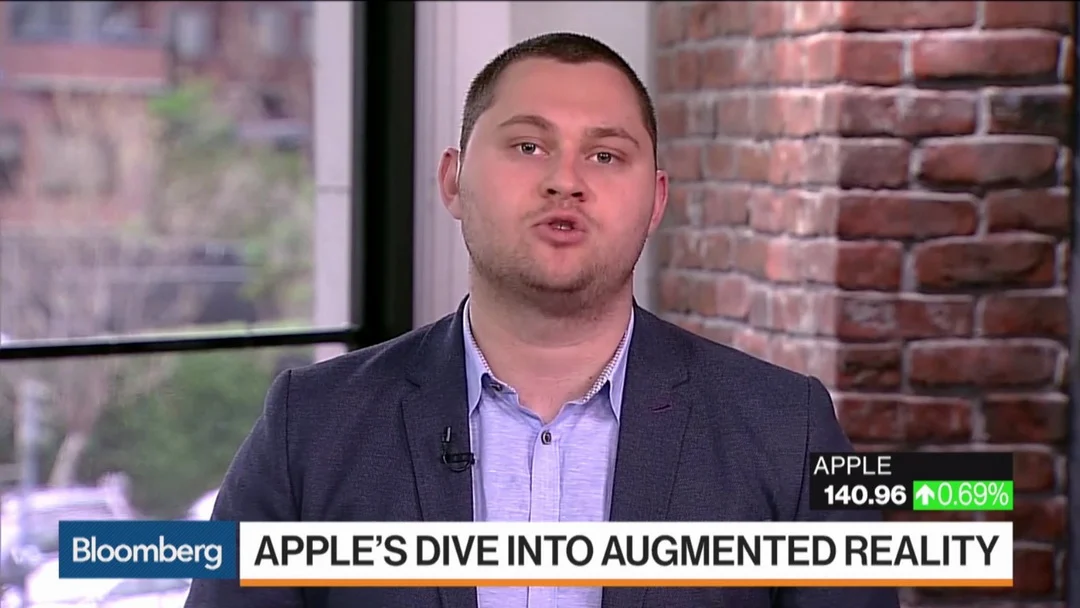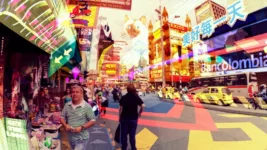Technologies are stepping forward faster than ever before, and who wants to lag behind? Bringing innovation to customer experience is a must-have for the successful marketing strategy. One of the latest trends to affect experiential marketing is augmented reality (AR), however, little is known on what that all about.
So, what is AR and how does it differ from VR? These notions are still often being confused as they leverage the similar technology. The main difference is, augmented reality is simply set of images, text, video, graphics that augments the real world, while virtual reality simulates the real world by replacing it with a digital one. This difference determined the better popularity of AR in marketing, as its accessibility at arm’s length through the display of smartphone brought AR to the masses.
To understand the way AR software is built, let’s consider the experience of the leaders in AR app development like Augment or Blipper:
- The recognition process is based on custom “targets”, normally represented by 2D icons printed on a whiteboard, poster, card or display.
- The “target” is scanned with a smartphone and triggers a 3D model, video, or even game augmented to the real world.
- As a result, intelligent algorithms, accelerometers, and gyroscopes keep the augmented images synchronized with the real world, so that when you look at the “target” through your smartphone’s display you can see augmented objects overlaid on reality.
“Well, it might seem as a part of a game making no sense for experiential marketing needs, unless you see it in action. One of the latest surveys has shown that over $9 billion of online stores revenue is lost every year due to abandoned shopping carts, the main reason of which is fear to buy before really seeing and trying.” – says Patrick Dery, senior marketer and Elinext’s Augmented Reality technologies expert. What is more, customers appreciate when software helps them make their purchasing decision. And that’s where augmented reality comes into play.
As far as its “gamification” essence, it comes in handy within presentations and promotion campaigns and increases brand loyalty and customer’s interest. Let’s take the example of American Apparel – their AR-powered app allows customers to see how real clothes in the shop would look in different colors – they can scan the item on the rack and watch them change colors. Thus, the customer can make that purchase even when the desired item is out of stock at the given location.

IKEA has gone even further –they used AR capabilities for “test-drive” of the furniture inside customers’ houses, to find out if it matches to their wallpaper, with the ability to change colors, forms, placement, size – and reduce the cases of disappointment when it turns out not to fit the desired location.
Once you understood that your marketing can benefit from AR tricks, don’t rush into buying open source solutions, where you seem to need just to build your own 3D prototype and insert it into an existing platform. The possibilities offered by market leaders are extensive, however for one-of-a-kind experience, you would need to make a lot of customizations, if not build the AR app from scratch.
Consider custom-built software, if you need to:
- add business-specific buttons or tabs;
- alter interface and design patterns;
- make it compatible with different kinds of wearables;
- integrate it with data collection systems;
- control the quantity and complexity of 3D models and animations.
That’s all that really matters, and sure it will take you relatively longer to implement it than to buy a ready solution but it’s still worth it. As you can see, some progressive businesses have already invested in AR applications as a part of their marketing strategy, however, the full integration of business and AR is still underway.








